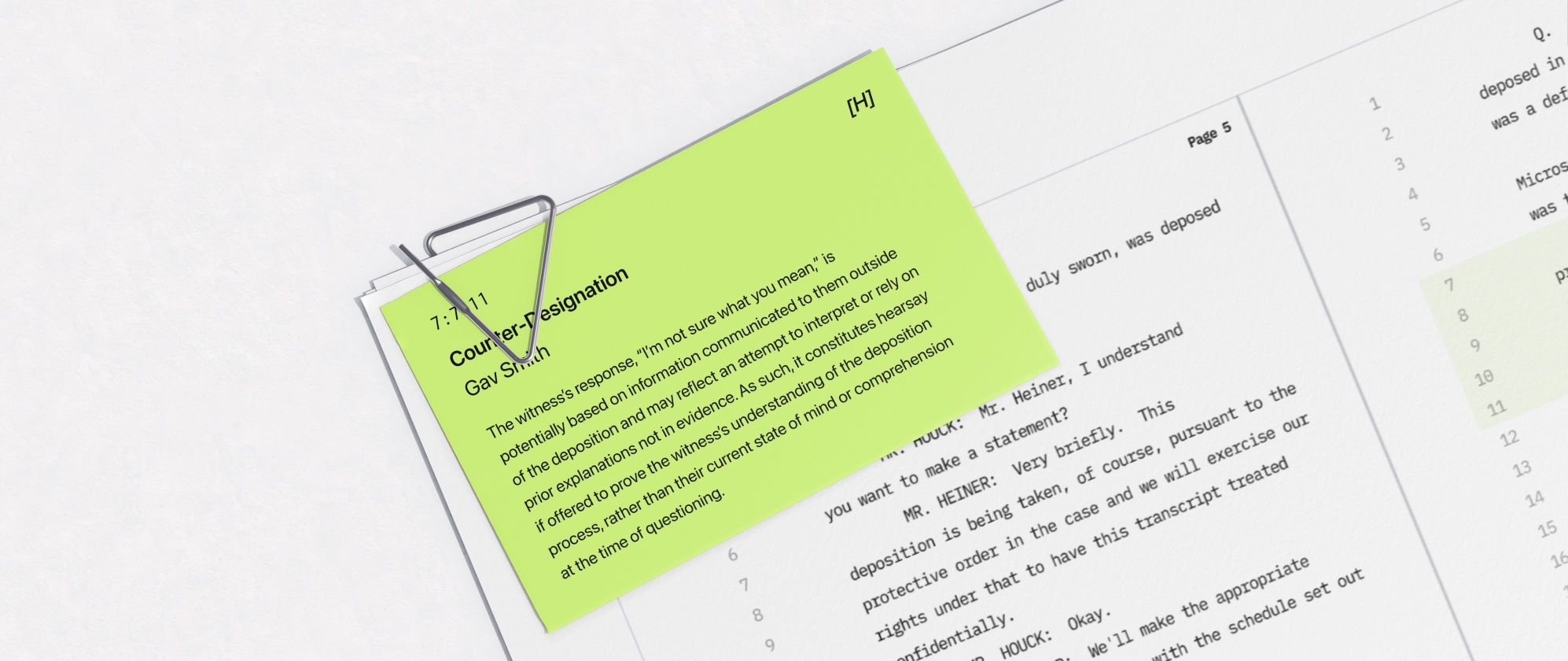
Over the last couple of decades, industries have created different solutions to problems that were otherwise thought to be the standard of operation, particularly in the legal field. Prior to the spike of technological advancements, members of the legal field would have to fine-tune their organizational skills to keep track of the monumental stacks of papers that would be key pieces of their case. However, no matter how organized one may be, that one document that could make or break a court case might just get lost in the shuffle. To mitigate issues like this, certain companies sought to find a technological solution. Platforms that could house these documents and create an organizational structure that would invite collaboration… and keeping track of documents. Over time, platforms have evolved to include the various needs of customers, however, legacy platforms have seemed to plateau in the competition of legal technology.
As new players enter the field to redesign the future of legal technology, their focus is on how to fill the gaps that their predecessors have left and how to introduce cutting edge innovations when dealing with sensitive data. Modern platforms find ways to build bridges between all types of workflows, create highly collaborative environments, and introduce compatibility across the board. While these modern platforms are becoming more and more popular amongst customers, there might be some hesitation from senior users that have grown accustomed to legacy platforms. To ease the transition from legacy to new age, there is acknowledgement to the learning curve that might occur during that transition.
Adaptations of modern platforms can be attributed to different reasons, but the main pain points revolve around the ease of sharing work product, how collaboration flows internally and externally, how quickly the platform’s team is able to implement new features and improvements that reflect customer feedback, and if the customer is able to interact with a central source to generate information. Knowing that these pain points have derived from customer usage of legacy tools, innovators at modern platforms work to solve these issues by providing a vast array of suggested collaborative measures, ensuring that there is a dedicated team on their end to provide timely assistance on any issues, and creating a centralized space for topical questions or concerns. Other reasons why the transition may occur is due to how often the platform is being improved or updated.
With legacy tools, the projection of their growth usually ends with a fork in the road. On one hand, companies that have legacy tools will sunset a version of their platform and push users to transition to another version of the platform. For example, a company may be winding down support for a server-based version and are now pushing to migrate customers onto the cloud version. The other hand is that companies may no longer see a long-term reason to continuously spend resources on the tool, leading to sporadic patches or fixes in the platform.
Modern platforms have been the main topic of conversation when it comes to legal technology from AmLaw firms to solo practitioners. Finding the best platform to use, especially with how rapidly the legal field works, falls on the platform’s ability to keep up with that rapid pace, provide the user with what they are looking for, offer a gentle learning curve that is synonymous with other platforms that are used on day-to-day basis, and have the ability – and agility – to capture customer feedback and beat stagnation by addressing it proactively. Whatever the case may be, there is a clear indication when it comes to the migration from legacy tools to modernized platforms which leads to incredible amounts of innovation being brought to the field.

